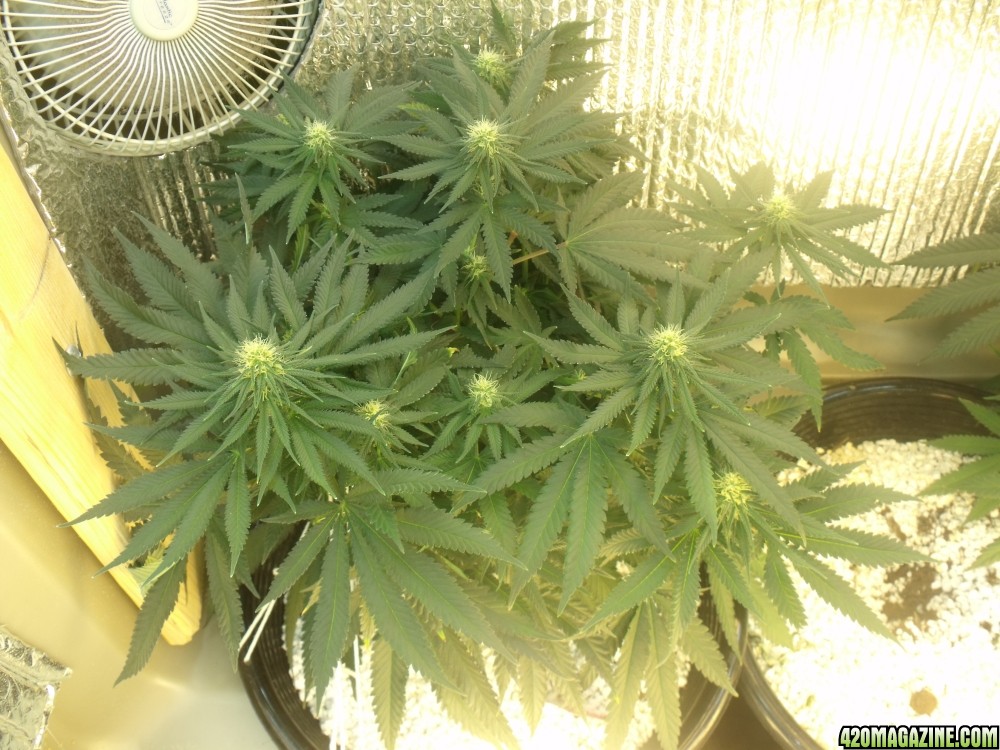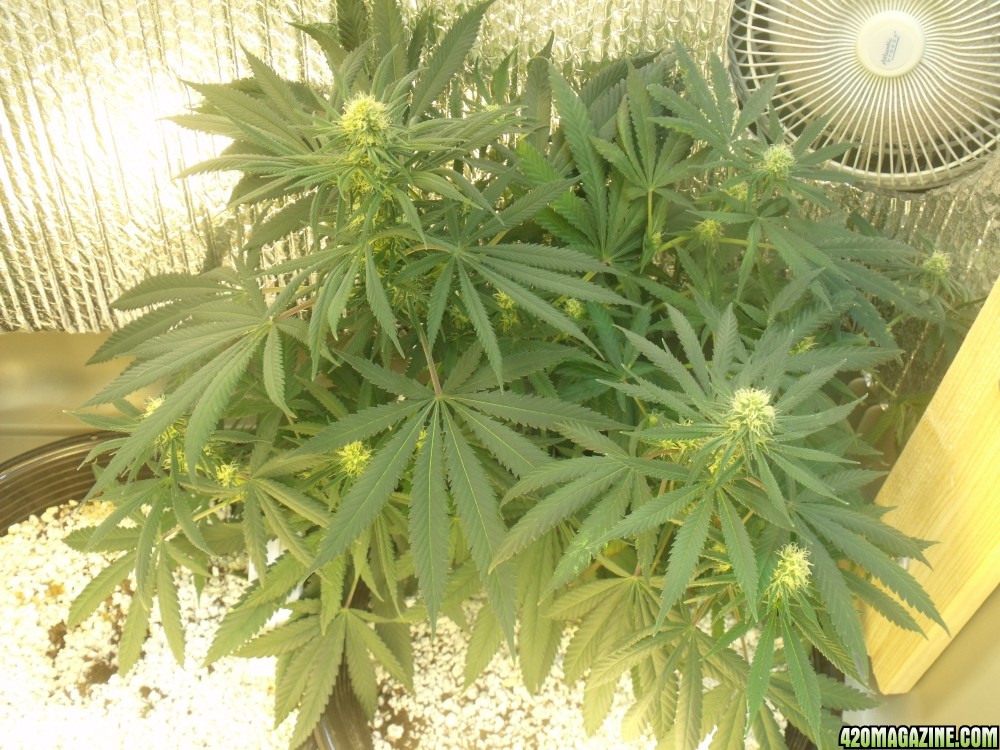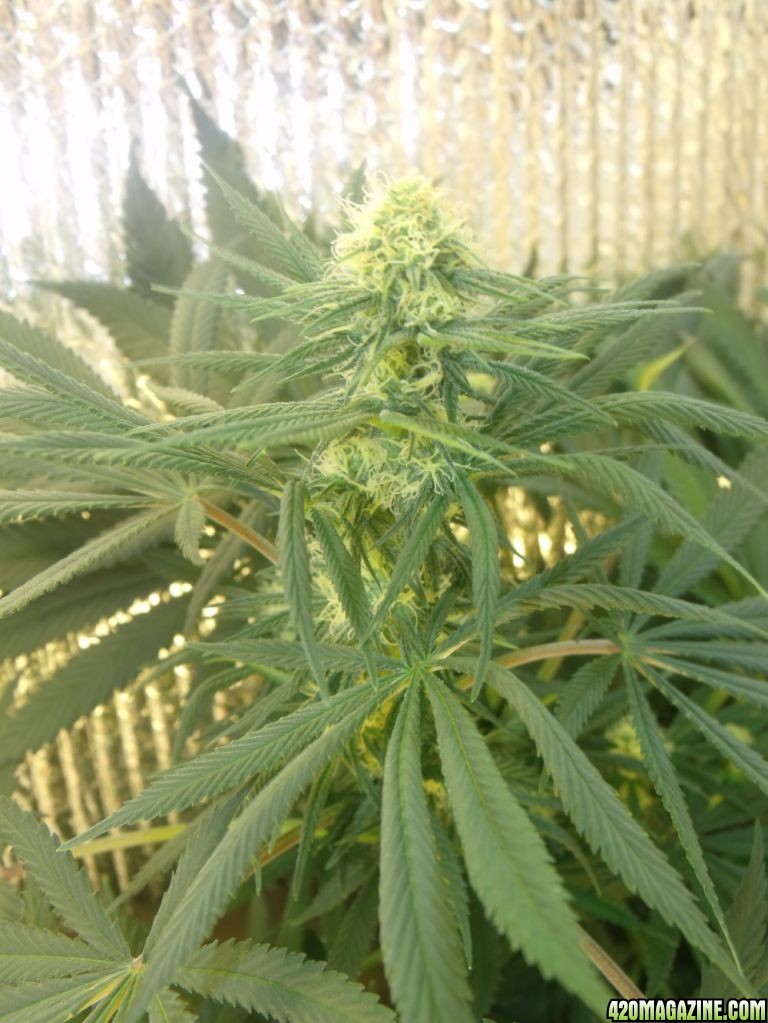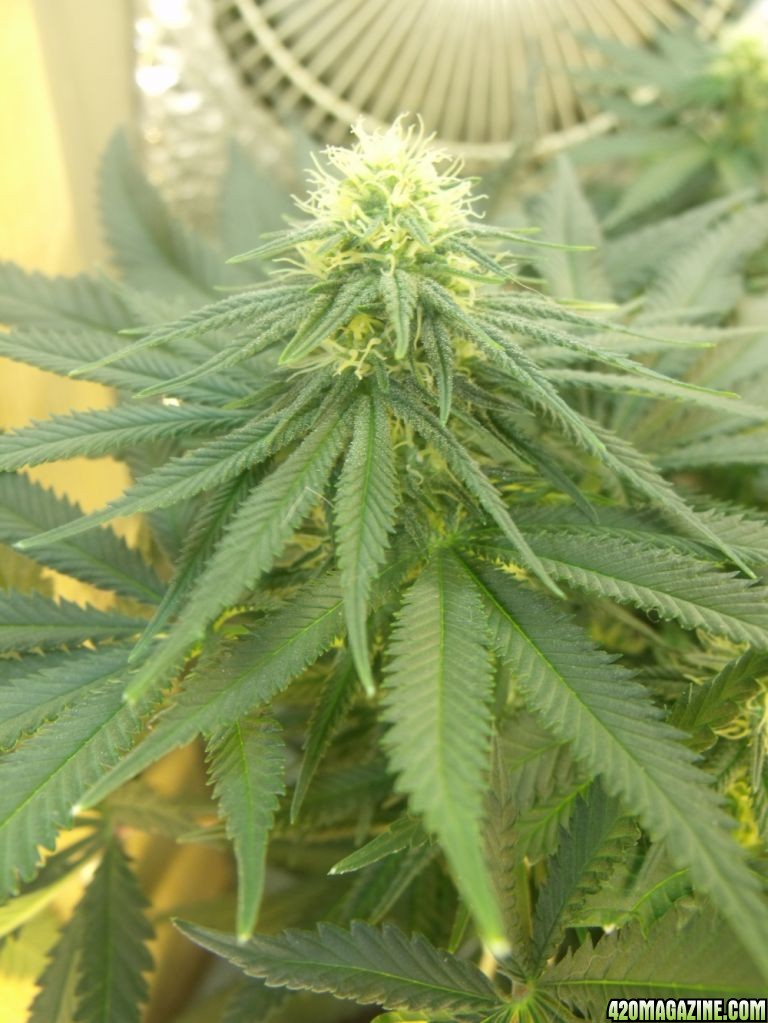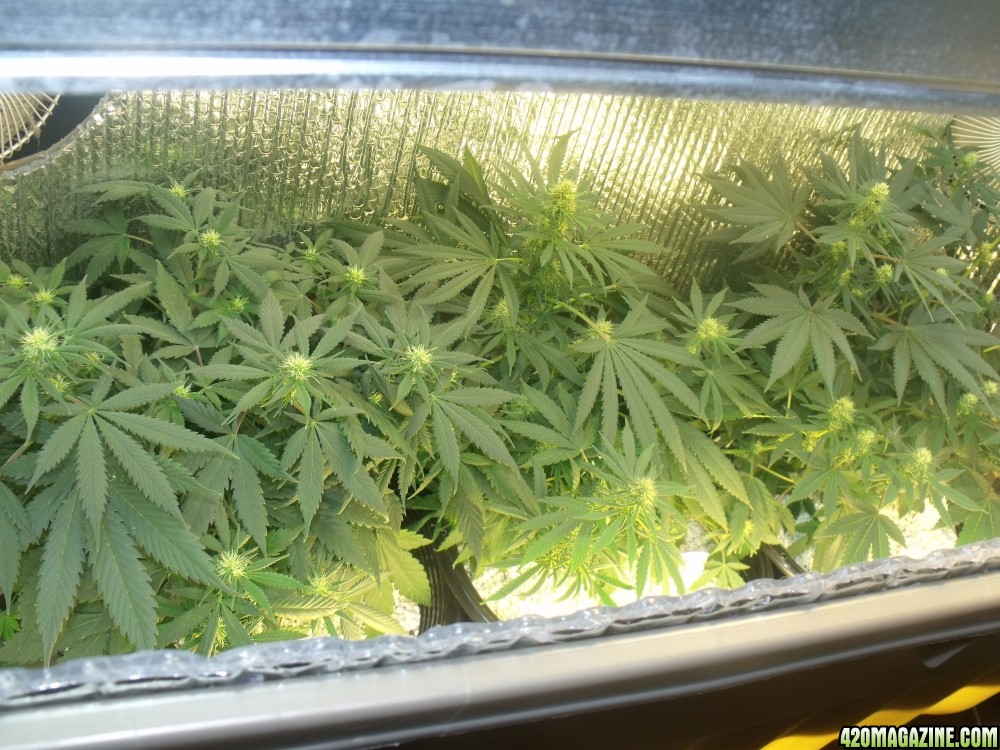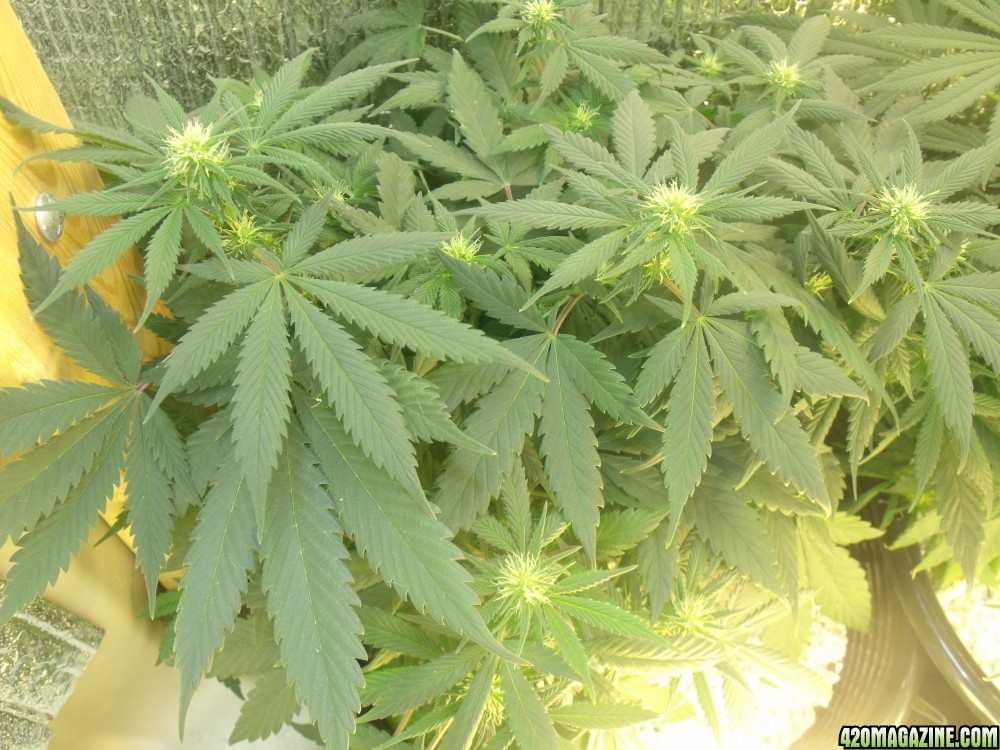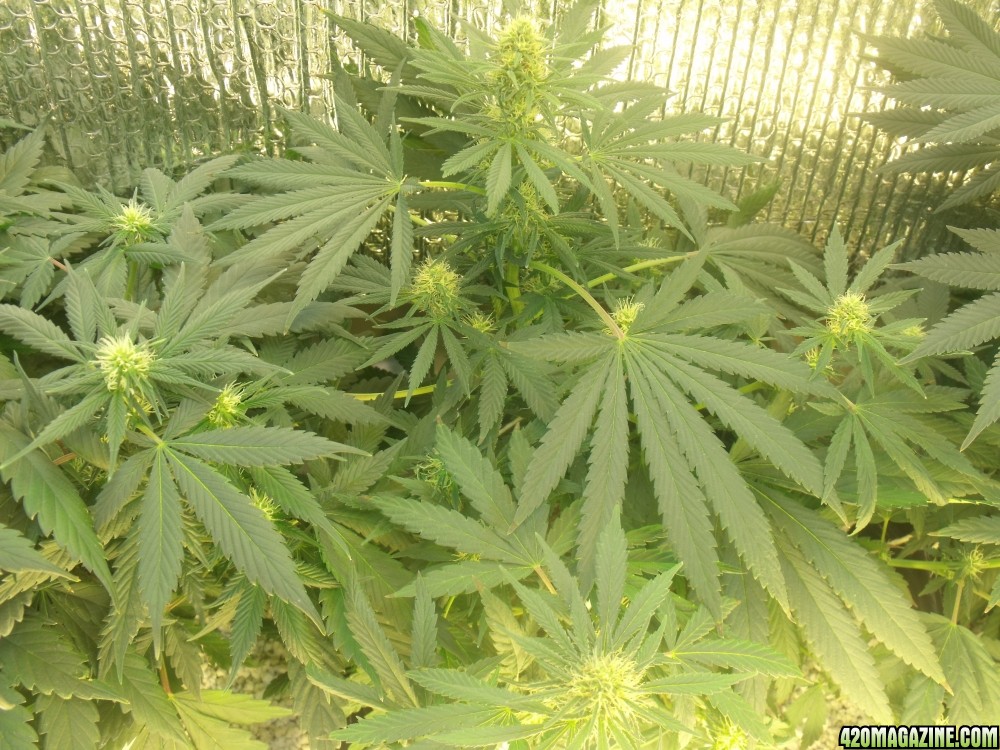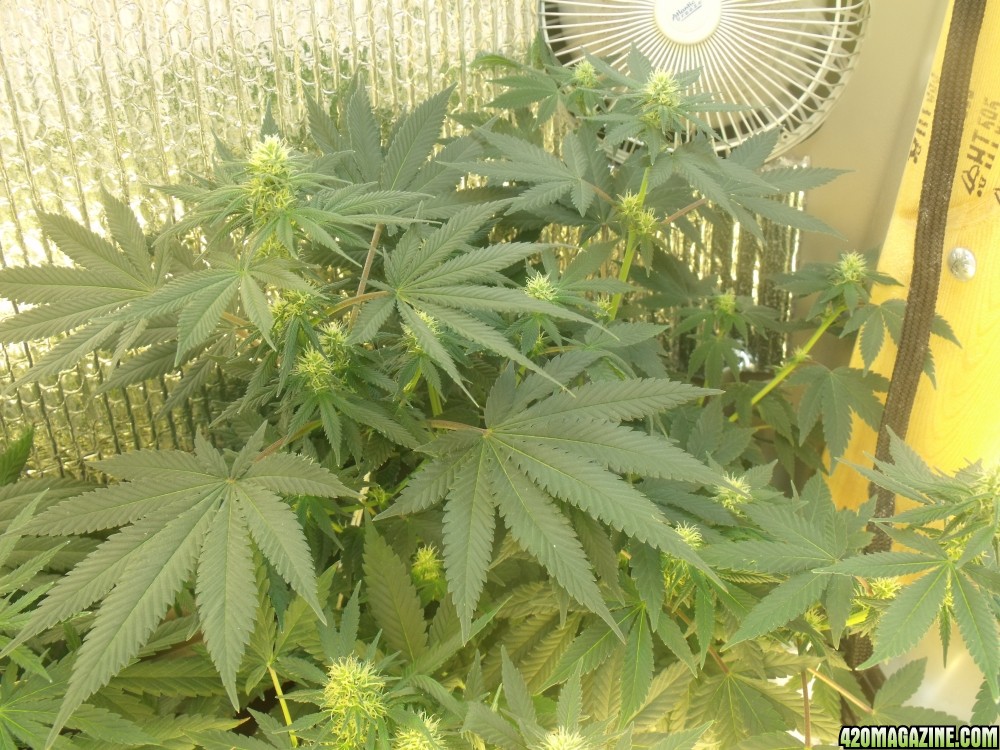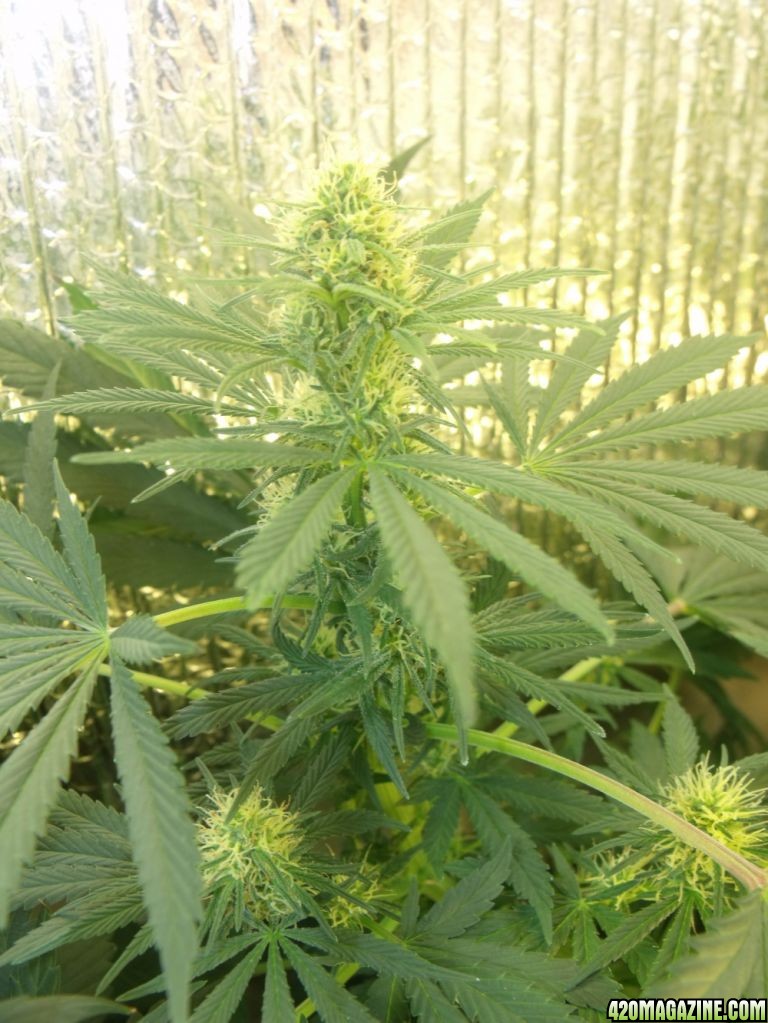Barry Manilow
New Member
H2O2 will kill everything in the soil good and bad, it's a lot better to just treat the roots if you can.
How To Use Progressive Web App aka PWA On 420 Magazine Forum
Note: This feature may not be available in some browsers.
H2O2 will kill everything in the soil good and bad, it's a lot better to just treat the roots if you can.

Thanks for all the responses. Its nice to know that in emergencies im not alone. Thanks guy.
Hey fellas.. I have been away from the forums. Guess Im kinda bummed about the White Widow. The remaining 5 are doing great and Ill get some updates ASAP


She looks like a tender young plant, not a mature momma. How is the weather where you are? She may just need a couple days in the sun. When I get a plant that just won't snap to I sit them on the roof of the barn for a day or two. That natural sunlight is amazing stuff. Is there any discoloration? Spotting?
Give her a little Cal Mag
Bluedog,
It was weird.. I gave her a slight tug and she totally pulled right out with little to no fight. A plant her age should have been pretty tough to pull. The rooting was not developed at all.. roots only expanded through a small percentage of the tub. I guess thats what I noticed that was most odd.. Not sure what that means thou.

